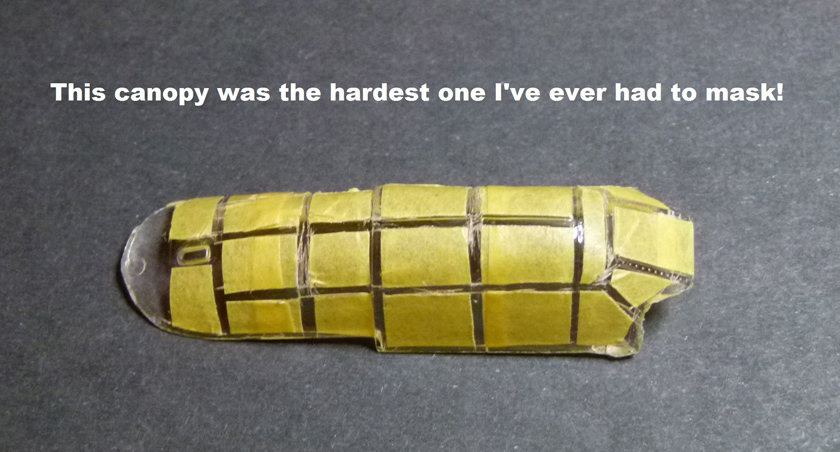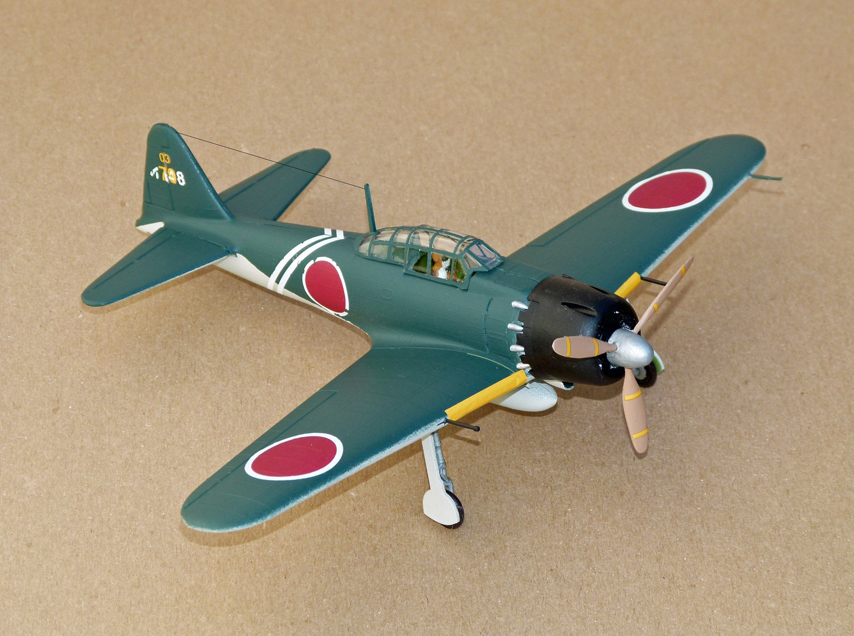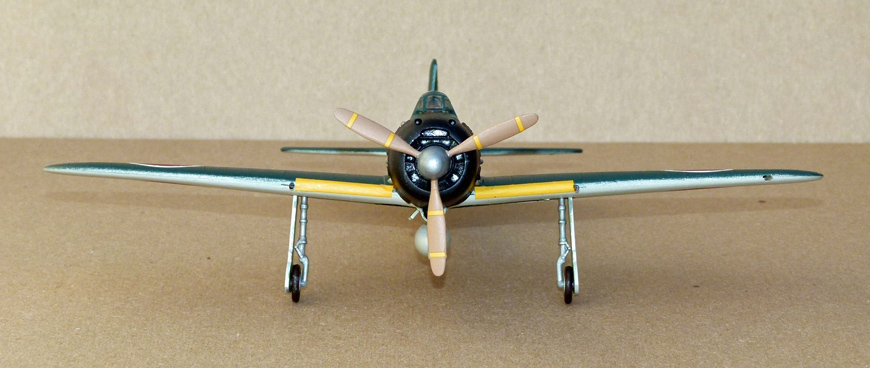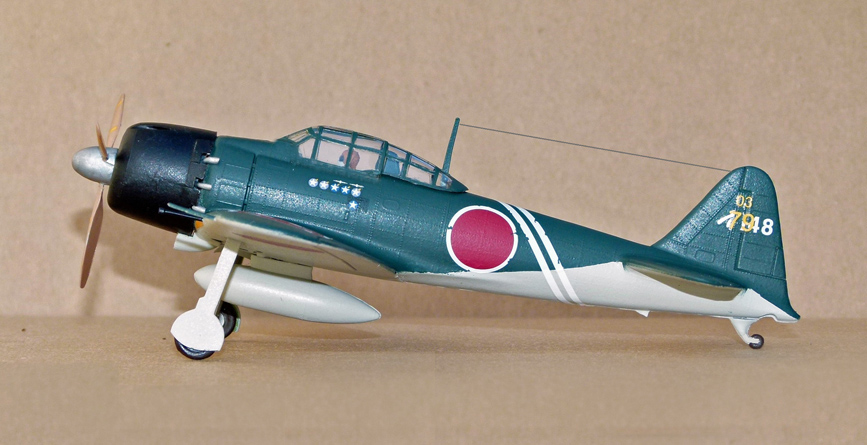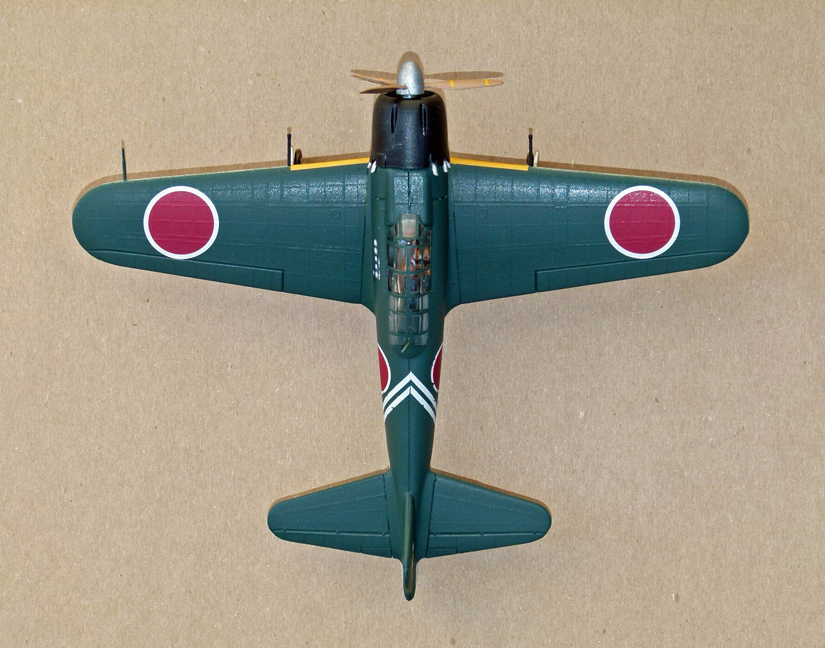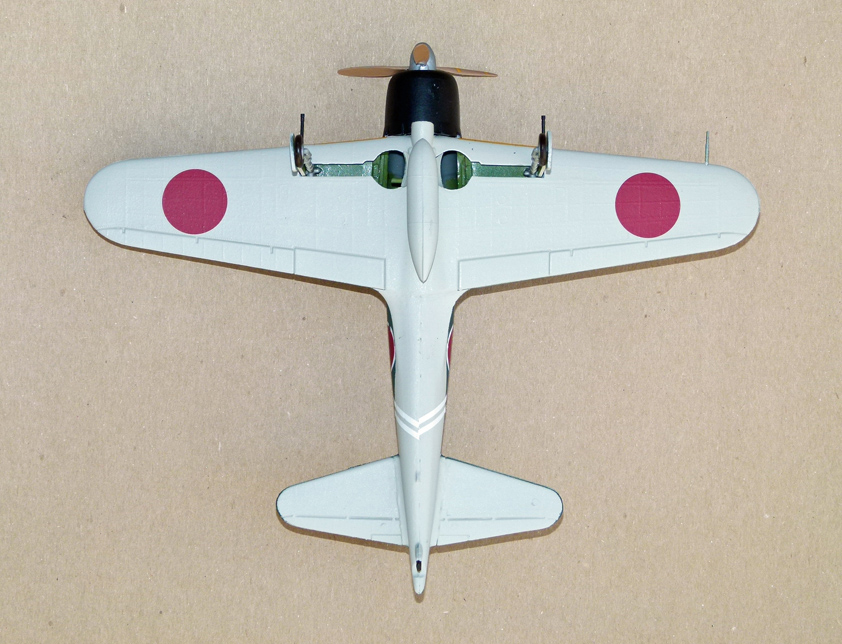

The Mitsubishi A6M "Zero" is a long-range fighter aircraft that was manufactured by Mitsubishi Heavy Industries, and operated by the Imperial Japanese Navy (IJN) from 1940 to 1945. The A6M was designated as the Mitsubishi Navy Type 0 Carrier Fighter (rei-shiki-kanjō-sentōki?), or the Mitsubishi A6M Rei-sen. The A6M was usually referred to by its pilots as the "Reisen" (zero fighter), "0" being the last digit of the Imperial year 2600 (1940) when it entered service with the Imperial Navy. The official Allied reporting name was "Zeke", although the use of the name "Zero" was later commonly adopted by the Allies as well.
When it was introduced early in World War II, the Zero was considered the most capable carrier-based fighter in the world, combining excellent maneuverability and very long range. The Imperial Japanese Navy Air Service ("IJNAS") also frequently used the type as a land-based fighter.
In early combat operations, the Zero gained a legendary reputation as a dogfighter, achieving the outstanding kill ratio of 12 to 1, but by mid-1942 a combination of new tactics and the introduction of better equipment enabled the Allied pilots to engage the Zero on generally equal terms. By 1943, inherent design weaknesses and the failure to develop more powerful aircraft engines meant that the Zero became less effective against newer Allied fighters, which possessed greater firepower, armor, and speed, and approached the Zero's maneuverability. Although the Mitsubishi A6M was outdated by 1944, design delays and production difficulties of newer Japanese aircraft types meant that it continued to serve in a front line role until the end of the war. During the final year of the War in the Pacific, the Zero was also adapted for use in kamikaze operations. During the course of the war, Japan produced over 11,000 Zeros, more than any other model of combat aircraft.
Of the 15 A6M variants built, the A6M5 Type 0 Model 52 is considered the most effective model. The wings were shortened again to increase speed and dispense with the folding wing mechanism. In addition, ailerons, aileron trim tab and flaps were revised. Produced first by Mitsubishi, most Model 52s were made by Nakajima. The prototype was made in June 1943 by modifying an A6M3 and was first flown in August 1943.
Facts and General Characteristics of the A6M5 Zero Model 52:
Contractors: Mitsubishi Jukogyo K.K., Nagoya, Japan and Nakajima Hikoki K.K. Ota, Japan.
Type: Single-seat Fighter
Crew: 1
Wingspan: 46 ft. 1 in. (11 m)
Length: 29 ft. 11 in. (9.1 m)
Height: 11 ft. 6 in. (3.5 m)
Weight Empty: 4,136 lb. (1,876 kg), Loaded: 6,025 lb. (2,733 kg).
Powerplant: One Nakajima NK1F Sakae 21, fourteen cylinder, air-cooled, radial engine rated at 1,130 hp for takeoff and 980 hp @ 19,685 ft (6,000 m), driving a three-blade metal propeller.
Max speed: 351 mph (565 km/h) @ 19,685 ft (6,000 m)
Maximum Range: 1,194 miles (1,922 km)
Service Ceiling: 38,520 ft. (11,740 m)
Armament: Two forward-firing 7.7 mm Type 97 machine-guns in the upper fuselage and two wing-mounted 20 mm Type 99 cannon with two external 132 lb. (60 kg) bombs.
Facts and General Characteristics of the Model:
This model is a reproduction of an A6M5 Zero flown by the 203rd Naval Air Group.
Manufacturer: Revell, Inc., China
Parts: 27
Scale: 1/48
Wingspan: 9 in.
Length: 7⅛ in.
Height: 2¼ in.
Hours to build and paint: 10.2
The parts and decals (I've already painted the pilot)

